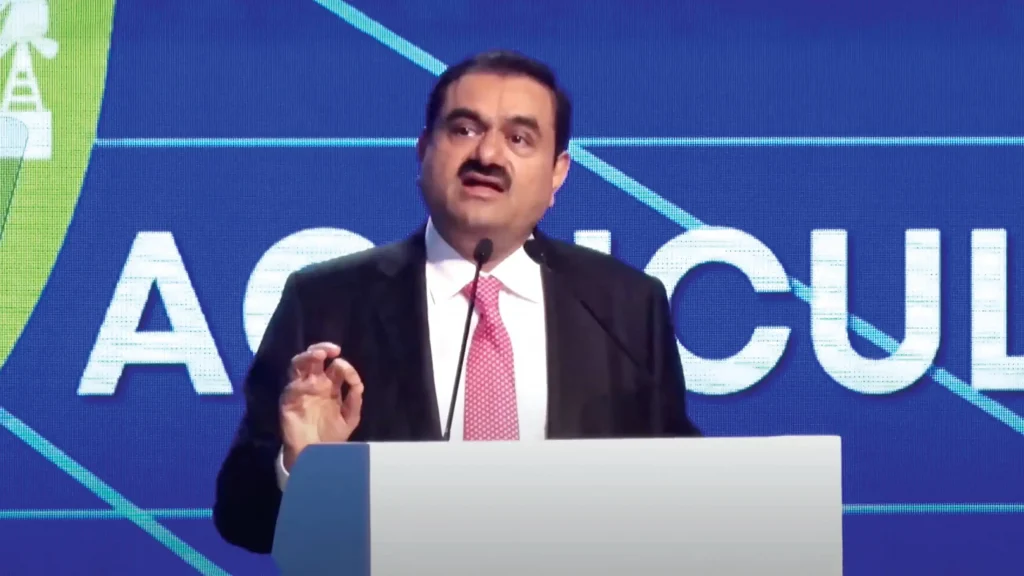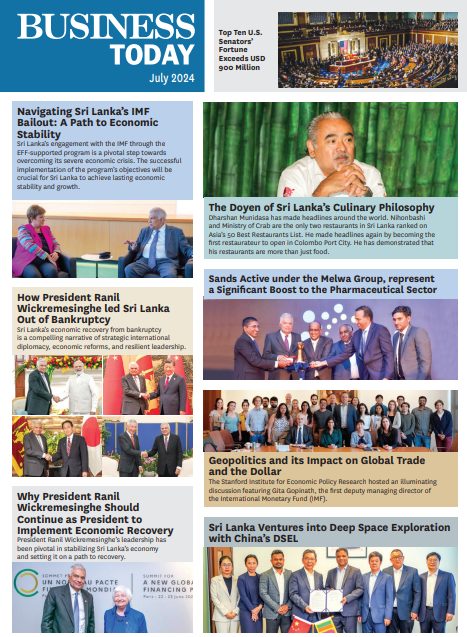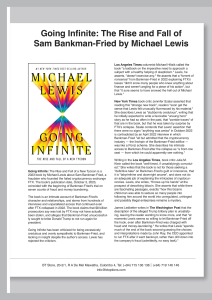Delivering the Keynote Address at the 21st World Congress of Accountants in Mumbai, Gautam Adani, Chairman of Adani Group set out his vision of ‘India’s Path to an Economic Superpower.
November 19, 2022 Mumbai

President of the Institute of Chartered Accountants of India (ICAI), doctor’s Mitra Vice President, Mr Aniket Talati, outgoing president of the International Federation of Accountants, Mr Alan Johnson incoming president, foreign members of the ICAI and IFSC and my dear friends.
I am deeply honored to have been invited to speak at the 21st World Congress of Accountants.
The choice of India for the first time in the 118 year history of this event is our recognitions of India’s inevitable journey towards becoming an economic superpower.
It reflects the rising tide of confidence of 1.4 billion Indians. It reflects the wind in the sails of the world’s fastest growing economy. There could be no better manifestations of the scale of India’s thinking than this magnificent Jio Convention Center showcasing this event.
We all recognize that we are gathered here at a time of uncertainty. The intersections of COVID pandemic, the war between Russia and Ukraine, the challenge posed by changing climate, the surging energy prices and unprecedented accelerations in inflation have created a crisis for a Global Leadership. The contours of an international relations have fundamentally changed, and the aftertaste of globalizations is not has flat as had been predicted.
The fact is that several of our assumptions have been challenged that the EU would stay together, that Russia would be forced to accept a reduced International, role that China should adopt Western Democratic principles that secular principles are Universal in nature. And that a pandemic breakout would mean developed countries stepping in to help the developing world. Unfortunately, every single one of these beliefs has faltered. This multi-level crisis has shattered the myth of unipolar or a bipolar world of superpowers that could step in and stabilize Global environments.
Let us take an example, yesterday in Egypt the curtains came down on Cop 27. In 1992 when the world had come together to sign the international treaty on a climate change, the principle was stated as to enable Economic Development to proceed in a sustainable manner. However, the contributions expected from the Developed Nations have failed to come about. And the struggle to balance equitable growth with a limiting global warming to 1.5 degree celcius has fallen far short of expectations. This is just one example of stepping into a world where every nation makes its own decisions. It will be increasingly hard to manage by economic might and command and control structures. Therefore, in my view – in this emerging multipolar world, superpowers will need to be those that take responsibility to step in and help others in a crisis and not bully other nations into submission, those that keep humanity as their foremost operating principle.
A superpower must also be a thriving democracy and yet believe that there is a no-one-uniform style of democracy, it must be a nation willing to share its technology to enable Social Development to address the universal challenges in education, healthcare, and skill development. The style of capitalism that drives growth for the sake of growth and ignores the social fabric of our society, is rightfully facing its greatest pushback ever. It is in such a multi-polar world that the foundations of India’s increasing economic might coupled with its culture and beliefs become relevant as it takes its journey to becoming an economic superpower. One that combines monetary growth with a vast social growth, all within the bounds of a democratic society.
It is in this context that I express my views. It is well documented that at the time of India’s independence in 1947, the opinion was that Indian democracy would not survive. Not only did we survive, but India is becoming a role model for a peaceful transfer of power from one government to the next. Also it is after more than two decades of a relatively short-term governments and coalitions that we have a government with a majority of its own. As expected, this has given our country the ability to initiate several structural reforms in the political and administrative systems and deliver public services balancing a long-term view with rapid executions.
Let us take a look at some other enabling factors. Our democracy is now 75 years old. This is about the average lifespan of an Indian today. Within this period, India has seen a remarkable acceleration. It took us 58 years to get to our first trillion dollars of GDP, 12 years to get the next trillion and just five years for the third trillion. Given the pace at which the Government has been executing a vast multitude of simultaneous social and economic reforms, I anticipate that within the next decade, India will start adding a trillion dollars to its GDP every 12 to 18 months – thereby putting us well on track to be a 30-trillion-dollar economy by 2050 and with a stock market capitalization that will possibly exceed 45 trillion dollars. To illustrate the relevance of these numbers, the United States today is a 23 trillion dollar economy with a stock market capitalization ranging from 45 to 50 trillion dollars. While these absolute growth numbers for India will be greater than for any other nation between today and 2050 – a nominal dollar-based GDP narrative still does not paint the real potential of India. The significance of the scale of any GDP expansion must be normalized in terms of a nation’s purchasing power parity. In this context of PPP, India’s share of global PPP will be worth of 20 percent by the year 2050. I would urge you to reflect on this incredible possibility as you think of about India. A country crushed and drained by its colonial rulers, today stands resilient on the cusp of extraordinary growth and is the only major country on a path to emerging as a high-income nation without compromising its democracy and diversity. Well before 2030, we will be the world’s third-largest economy and, thereafter the world’s second-largest economy by 2050. India’s success story of combining economic growth and democracy has no parallel.
Now let me talk about India I see in 2050 and outline a set of interconnected factors that establishes India’s path forward. All of these factors will combine to make the next three decades the most defining period for the impact India will have on the world.
The first dimension is our nation’s demographic dividend which will drive consumption and accelerate the growth of a tax paying society. India’s median age will be just 38 years even in 2050. Over this period, India’s population will grow by 15 percent to 1.6 billion but the per capita income will accelerate by over 700% to approximately 16,000 dollars. The growth of this consuming middle class will drive an unprecedented surge in demand which in turn, will drive a surge in private and government expenditures as well as attract the highest levels of Foreign Direct Investment. In this ongoing year, India is expected to record a 15 percent increase and an all-time high of over 100 billion dollars of FDI. Such scale of investments lay the foundation for significant job expansion. In fact, India’s FDI inflows have increased over 20-fold since the year 2000. I would expect it to touch a trillion dollars by 2050. Nothing beats internal demand within a large economy to attract FDI and there could be no better sign of the increasing global confidence in India.
The second dimension is the pace of entrepreneurship that India is witnessing. Digitalisation has accelerated this velocity and a digitally enabled India is transforming every aspect of how India operates, lives, and consumes. In the context of the current world, entrepreneurship and digitalization are strongly linked and combine to create a dynamic innovative environment. A digitalized India will transform healthcare, education, and skill development and create a more equitable society.
India’s pace and adoption of digital technologies will create massive – new and innovative market spaces. I fundamentally believe that the next three decades will propel India to the forefront of entrepreneurship. This journey is already well on its way.
Allow me to explain. In 2021, the pace of unicorn creation in India has been the fastest in the world. This will continue and for every unicorn that rises, we will see the birth of dozens of micro-unicorns. In 2021, India added a unicorn every nine days. It executed the largest number of real-time financial transactions globally – a staggering of 48 billion. This was six times greater than the US, Canada, France, and Germany combined. All of this has laid a base for the Fourth Industrial Revolution, where humans and machines are all interconnected. To be then followed by the AI and Web 3.0 revolution where the physical and digital world starts fusing. I expect that – just like India’s internal demand leading to a surge in FDI – the number of start-ups being created will lead to a surge in venture capital investments. VC funding in India first crossed one billion dollars in 2015. This year, VC funding will exceed 50 billion dollars. That is a 50X acceleration in just eight years. India stands as the foremost example of how a smartphone and inexpensive data – powered by aspirations – can create jobs and transform a nation.
The third dimension that will prove to be a powerful transformation lever for India is in the space of Energy Transition. Energy poverty is today the developing world’s greatest challenge, and this gap will need to be mostly filled with renewable energy. While India currently ranks third in the renewable energy attractive index and is the world’s third largest energy consuming country, there is little doubt that India’s energy transition will be unparalleled as it races to meet its energy needs. By 2050, India will need 400% more units of energy than it currently consumes.
While, this may seem challenging, the technology advancements that we are seeing is expected to make this possible. Given the dramatic and continued drop in the cost of renewable energy, especially solar power, the marginal cost of green power is headed to ‘zero’. The ability of this ‘zero’ cost electron to economically split a water molecule and create 100% green hydrogen in the future is now certain. The combination of solar and wind power coupled with green hydrogen opens up unprecedented possibilities for India. I would go as far as to state that the revolution in alternative energy technologies opens up the possibility that, by 2050, India can become a net green-energy exporter. This will also enable decentralized power generation required to accelerate the micro-sizing of any process. It will enable entrepreneurship opportunities across micro- manufacturing, micro-agriculture, micro-banking, micro-healthcare, micro-education — everything that India’s rural population needs for its development. Cooling the planet down will be one of the most profitable businesses and the largest of job creators over the next several decades. I am in no doubt that India will lead the global energy transition. This is why the Adani Group is making a massive investment in driving – not just India’s – but the global energy transition. Over the next decade, we will invest over 70 billion dollars in this space and build the world’s most integrated renewable energy value chain. There can be no greater sign of my confidence in the India growth story.
Along with my optimism, I do recognize that a lot still needs to be done as the economy grows. What we cannot afford to do – is fall into the classic two- speed nation trap – where the top half of the society grows prosperous – and the bottom half remains poor. Therefore, our wealth creation must focus on both quantitative factors related to per capita GDP and qualitative factors that include education, skills, and healthcare.
As both, domestic companies and multinationals take advantage of India’s market size, we will need stronger mandates wherein corporates are compelled to rise to the challenge of enabling a social structure that recognizes the core of our culture and is aligned with our national needs. India cannot be just seen as a land for “making and taking” profits out of its geographic boundaries. This is why I said at the start – that the superpowers in the multipolar world must recognize that there is no one size of democracy that fits all – and – the aftertaste of globalization is not as flat as was predicted.
We are at the World Accounting Congress and so let me now briefly touch upon my views about the future of this profession. I fully buy into the view that India will continue its journey to become the largest hub for offshore accounting services and further increase its share of the global Knowledge Process Outsourcing market. Advancements in a cloud-based, artificial intelligence, distributed computing, and cyber technologies make this far easier. I foresee some of the domestic companies taking full advantage of this massive possibility given the inherent strength of our cost and efficiency equations. However, in my view, given the understanding of financial intelligence, budgets and the quantitative and technical acumen accountants bring to the table, I believe that some of the smartest CEOs and Service heads should also come from the accounting profession. This is what I would ask accounting professionals to aspire for and inspire the younger generations of accountants that follow you.
My dear friends, let me close by saying that if there ever were a time to be Indian, be in India, and associate with India – it is now. The foundation to build a new resilient India has already been laid. We will be an India that taps into our own markets to help it become self-reliant. An India with a democratic system that is based on dignity and equality. An India that has the courage to aspire. An India that is responsible power and strong at its borders.
The policies that have been put in place have allowed our nation to make a tremendous progress over the last decade and put us firmly on the path to become an Aatmanirbhar or self-reliant India – a self-reliant society that is 100% literate, 100% healthy and 100% vocationally trained. And most importantly a self- reliant India that has forever eliminated poverty – all achieved well before 2050.
This is what being a superpower should be all about. I hope you share my business bullishness about India.
Thank you.






